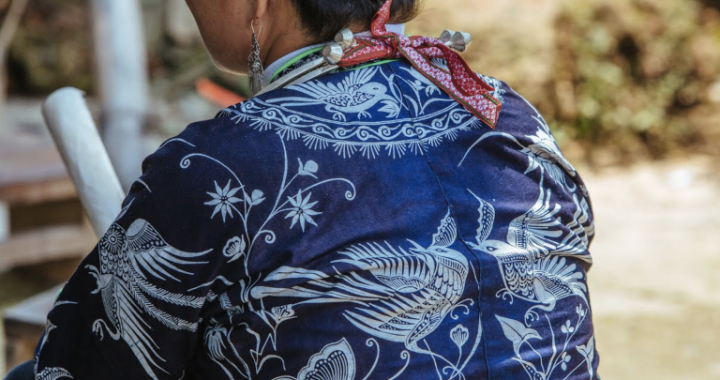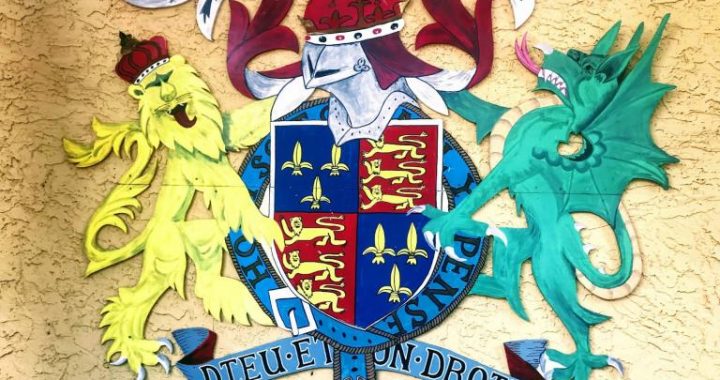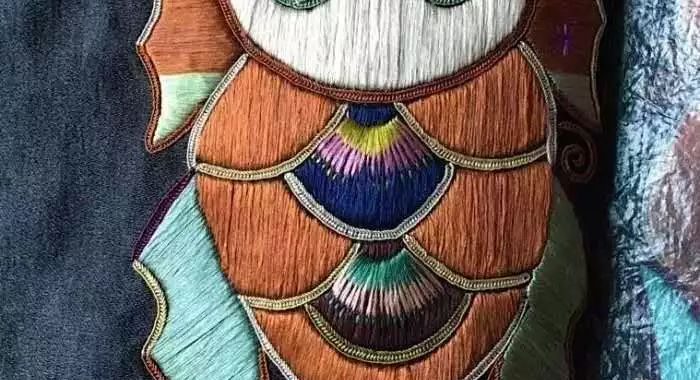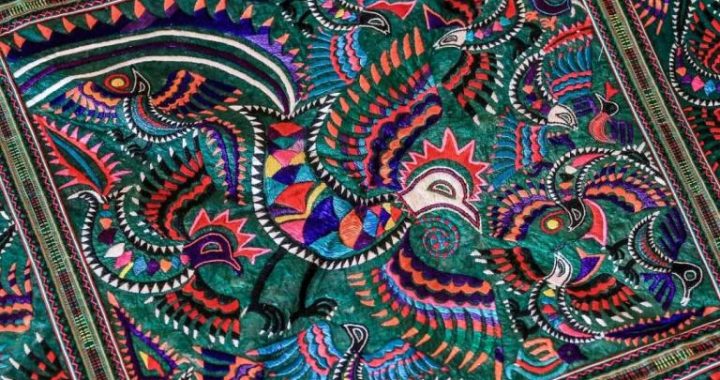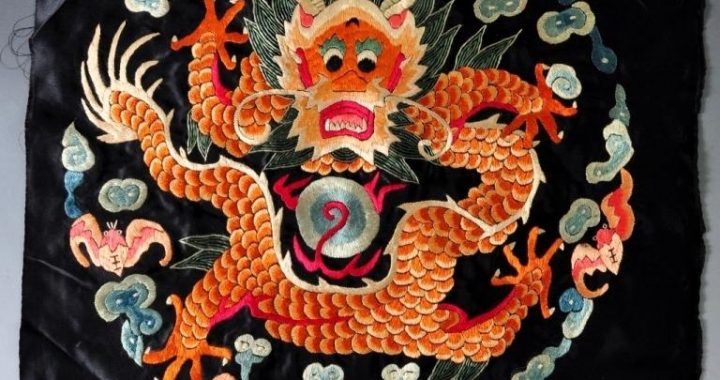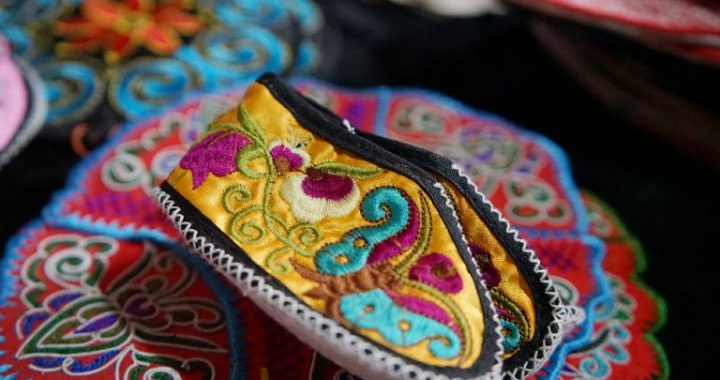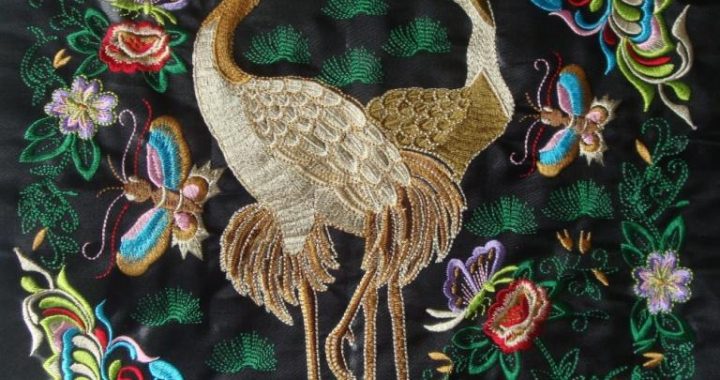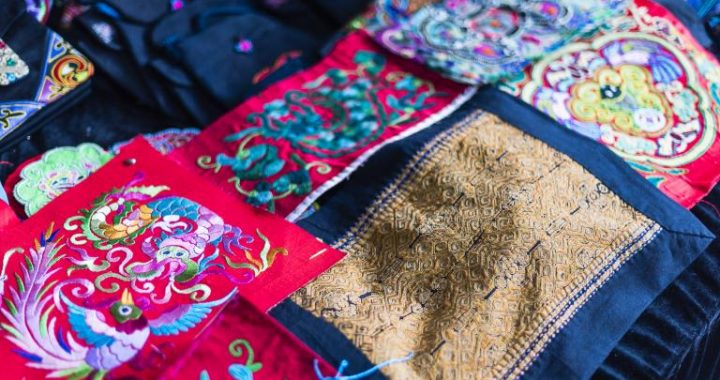Silk Weaving
5 min readThe Chinese silk weaving is well known in the world for its long history, advanced crafts and fine workmanship. Silk fabrics in ancient times include the following varieties: juan (thin, tough silk), sha (gauze as a general term), qi(damask), luo(silk gauze), jin(brocade), duan(satin), kesi(brocade woven using a special craft).
In the Shang Dynasty, silk fabric with conspicuous twisting warp weave hadalready emerged. When it came to the Western Zhou Dynasty, more complicated brocade-weaving craft was developed. Down to the Spring and Autumn and Warring States Period, silk-weaving had attained a rather high level. Silk fabrics cover juan, luo, sha, and jin; the designs include rhombus pattern,S-shape pattern, and geometric patterns adorned with dragon, phoenix, human figure, etc. Silk weaving and knitting in the Qin and Han dynasties, Han in particular, made a leap forward on the basis of the Warring States Period tradition, containing more varied silk fabrics such as jin, ling(twill-weave silk), qi, luo, sha, juan, gao(thin and white silk), wan(fine silk fabrics), etc.
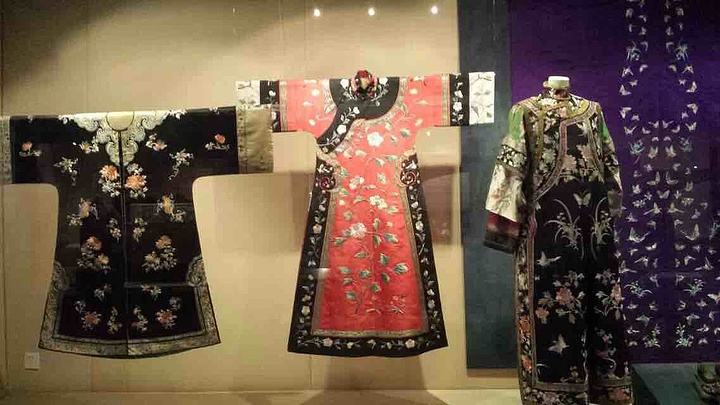
The common designs on silk fabrics in the Han Dynasty include floating clouds, animals, flowers and plants, auspicious characters, and all sorts of geometric figures.
The art of silk-weaving in the Han Dynasty was already elaborate, in particular in the weaving of single-thread gauze with even distributed meshes, of which the representative work is a plain gauzed Buddhist monk’s robe unearthed from the Han Tomb No.1 of Mawangdui in Changsha, Hu’ nan Province. It measures 128 centimeters across from one end to the other end of the two sleeves,190 centimeters long and yet weighs only 49 grams. Extremely marvelous!
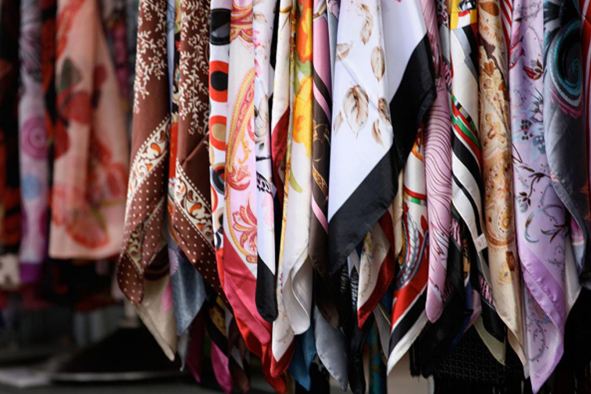
Monk’s plain-gauze robe unearthed from Han-tombs at Mawangdui, Changsha, Hu’ nan Province. It is made of highly fine natural silk, manifesting that Chinese silk weaving was already elaborate in workmanship at that time.
Work of Shen Zifan, kesi silk weaving craftsman of Southern Song Dynasty, meticulously depicting the serene and realistic style of flower-and-bird painting of Southern Song Dynasty.
Kesi silk-weaving: scroll flower-and-bird painting by Shen Zifan (partial).
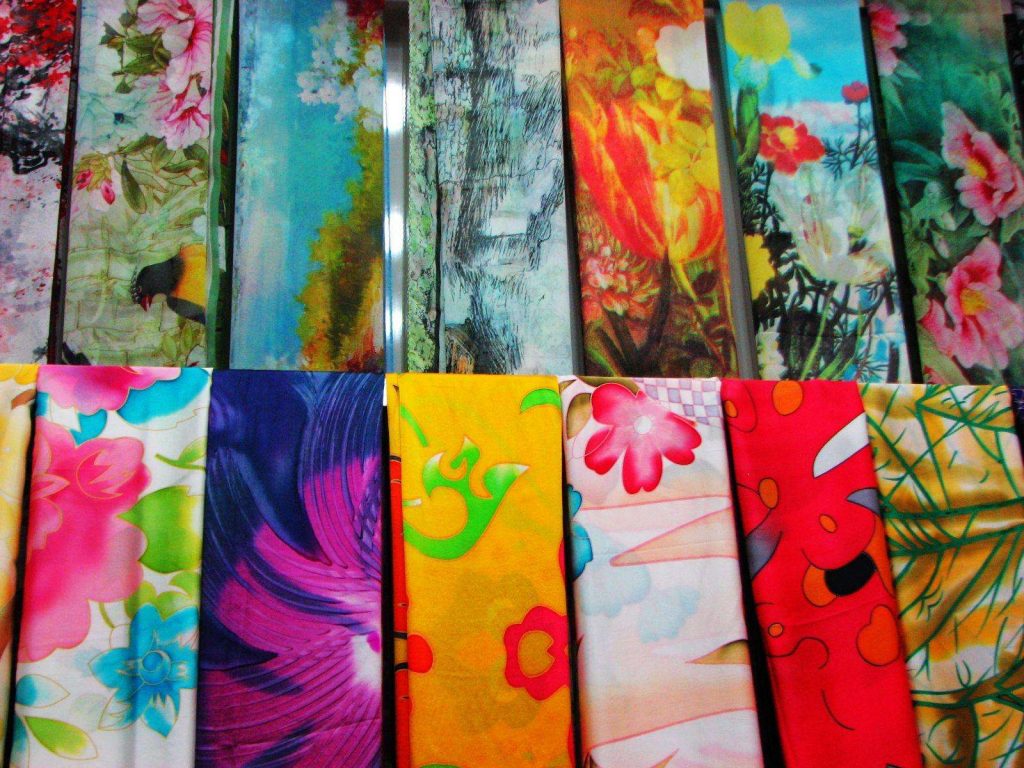
Silk weaving in the Tang Dynasty was meticulous in the division of work. The Weaving and Dyeing Administration under the central government had been set up to take charge of production, while private silk-weaving businesses could be found allover the country, producing large quantity of fabrics. Craftspeople at that time didtheir utmost to seek gorgeous coloring effect. Among the multiple varieties, brocadewas the best-known, called “Tang brocade.”As is different from traditional craft in which warp was used to weave decorative patterns, Tang brocade-weaving, affected by the Western Region textile culture, used weft to form decorative patterns sandwiched between warp weave. It was called “weft brocade.”The loom used for weft brocade by which decorative patterns are formed with multi-layer and multi-colored weft, is complicated in structure but easy to handle, capable of weaving more complex designs and broad fabrics. Since the middle period of Tang Dynasty, using weft to form decorative patterns had become the mainstream in silk jacquard weave. TheTang brocade, which assimilated exotic ornamental patterns, manifested a fresh, resplendent and imposing style. Aside from Tang brocade, ling (silk fabric with twill weave as basic characteristic) was also very popular, in particular the liao-ling manufactured in Zhejiang Province, which was best known at that time. Dou Shilun, best reputed silk pattern designer, usually took subject matters like sheep, horse, dragon, phoenix, etc. for decorative patterns. As what he designed often appear original, unconventional, and full of vitality, they were called “Duke of Lingyang patterns,”as he was ever made Duke of Lingyang by the emperor.
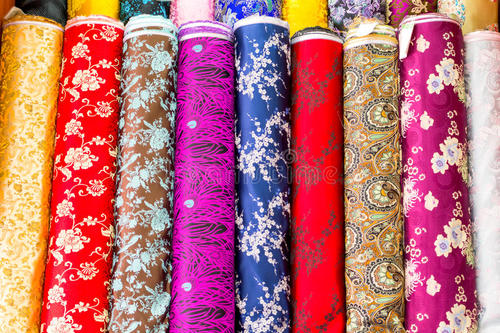
The Song Dynasty silk weaving made further progress, in particular in the field of brocade, called “Song brocade.”Using three kinds of twill weave, two kinds of warp (raw silk for the surface and colored boiled-off silk for the base) and three kinds of colored weft, the weave looks regular and neat, shades of color elegant and harmonious with small ornamental patterns.
The Song brocade was used for dress and adornment, for reward and trade, and as a material for mounting pictures. At that time, kesi brocade was also very popular, used mainly for weaving works of art such as paintings and calligraphic works. It shows that the function of silk-weaving crafts had been shifted from practical use to appreciation.
Kesi-weaving loom in Wuxian County, Jiangsu Province.
Kesi silk was produced in Dingzhou, Hebei Province in the Northern Song Dynasty, and around Yunjian(now Songjiang of Shanghai) area in the Southern Song Dynasty.
Between the Song and Yuan dynasties,a giant spinning wheel with several dozen spindles was invented on the basis of traditional wheels. The wheel, driven with waterpower and able to adapt to large-scaled production, already had the rudimentary form of modern spinning machinery. Take hemp spinning for an instance.
An ordinary wheel could produce at most 1.5 kilograms of yarn a day, whereas the giant wheel could make over 50 kilograms in twenty four hours. It is a significant invention in ancient China using natural forces for textile machinery.
Yuan-dynasty golden thread damask cape, housed in Palace Museum.
Gold-weaving was unique in silk weaving art in the Yuan Dynasty. The Yuan Dynasty rulers had partiality for gold, making gold weaving a fashion. The designs ongolden brocade included dragon, phoenix, flower, tortoise shell, hui-figure(a figure in the shape of the Chinese character hui), etc. In order to suit the needs of the nomadic Mongolian nationality, wool weaving got an opportunity to develop. The woven woolen articles were mostly carpets, bed mattress, saddles, shoes and headgear, produced mainly in Ningxia and Helin(now under Mongolian jurisdiction). In ancientChina, cotton was planted only in northwest and southwest areas. Due to the work of Huang Daopo,a remarkable innovator of cotton textile crafts in the Yuan Dynasty who was a native of Wunijing, Songjiang(now in Shanghai), cotton textile spread far and wide. For a time, the”Wunijing quilt”became well-known in the whole country.
During the Ming Dynasty, there appeared four silk fabric producing areas: Shanxi, Sichuan, Fujian-Guangxi and the region south of the Yangtze River. At that time, brocade was the kind of silk fabric embodying the most salient features of the times, called “Ming brocad.”It is divided into three main categories: the warehouse brocade, golden-silvery brocade and flowery brocade. The warehouse brocade features grey coloring which appears soft and elegant. The golden-silvery brocade looks refined and glittering, with golden or silvery thread used for weaving. The flowery brocade is a jacquard fabric, using a special shuttle-moving process to insert colored silk threads in which every single flower is woven with different colors. Its multiple colors and large-sized flowers produce an effect of brilliance and magnificence. The flowery brocade which first appeared during the Tang Dynasty and prevailed in the Ming and Qing dynasties represented the highest level of ancient Chinese silk weaving. The Ming brocade can be divided into light gauze, silk gauze, satin, and etc, according to their different base-fabrics. It is rich in patterns, such as clouds, dragon, phoenix, crane, flowers, plants, birds, butterfly, and propitious figures, all looking in good taste and full of stylized decorative beauty.
